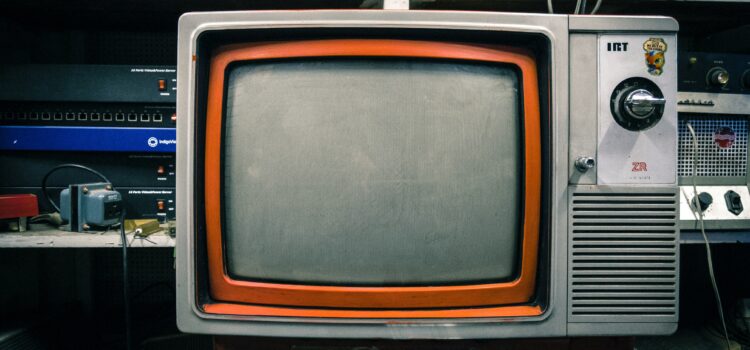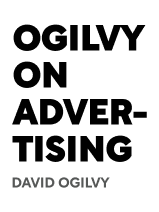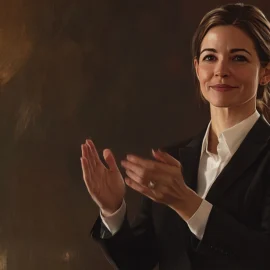

This article is an excerpt from the Shortform book guide to "Ogilvy On Advertising" by David Ogilvy. Shortform has the world's best summaries and analyses of books you should be reading.
Like this article? Sign up for a free trial here .
How do you create an effective commercial? What tips are there for creating great commercials?
Effective commercials work because they help convert a customer’s brand loyalty. In his book Ogilvy on Advertising, David Ogilvy offers tips on how to create commercials that work.
Keep reading for tips on how to create effective commercials.
Creating an Effective Commercial
In addition to choosing an effective structure and format for your commercials, you can improve their reach and pull using the following tips for creating an effective commercial:
Tip #1: Emphasize your brand’s name. It’s very possible (and common) for people to remember commercials but not what they were for. Often, they even think the commercial was for a competing brand. To emphasize your brand’s name and create an effective commercial:
- Mention it within the first 10 seconds of the commercial and repeat it. For example, one approximately five-and-a-half-minute commercial mentioned the brand name 20 times.
- Spell the brand’s name. For example, in a commercial for Cresta Blanca, a blind pianist spelled out the name as he played.
Tip #2: Show the package on-screen. At the end of the commercial, show the product.
Tip #3: In food commercials, make the food look appetizing. You can do this by showing food in motion (for example, pouring syrup over waffles) or using close-ups.
Tip #4: Start strong. Show something exciting in the very first frame to grab people’s attention.
- For example, if the commercial is for fire extinguishers, the first frame might show fire.
Tip #5: Music isn’t necessary. Background music has no measurable effect on changing brand preference, and while some consumers like jingles, research shows that they’re below average in effectiveness. If you do choose to use a jingle (perhaps you have nothing to say about your product), test it on people to make sure the enunciation is clear enough to understand. It’s possible that this doesn’t help create an effective commercial.
Tip #6: Use sound effects. These increase effectiveness.
- For example, a Maxwell House commercial that used percolating sound effects was so successful it ran for five years.
Tip #7: Avoid voiceovers. People stay more engaged if actors talk on camera.
Tip #8: Use supers (text overlaid on the video). This reiterates your message. Make sure that the titling matches the soundtrack word-for-word.
Tip #9: Use images that stand out. Happy families and sunsets are overused, and people are exposed to so many commercials that if they don’t see something fresh, they’ll just tune it out.
- For example, one Merrill Lynch commercial featured a novel scene—a herd of bulls charging at the camera.
Tip #10: Don’t change scenes too often. This can confuse viewers.
Tip #11: Use a motif. Repeat an image in multiple commercials to associate it with your brand. This will help people remember your commercials, brand, and promise.
- For example, in Shell commercials, cars drove through paper barriers.
Tip #12: Show someone using the product, and ideally, the results that product will produce. This is one way to create an effective commercial.
- (Shortform example: If you’re selling vacuums, show how well they clean up a mess.)
Tip #13: Use your imagination. You can do almost anything on TV because of special effects, so think big.
Tip #14: Be clear. One study of 25 commercials found that none of them was understood by more than 81% of viewers. Make sure your commercial says what you think it does.
Tip #15: Reduce costs by cutting actors, unnecessary complications, and things that won’t be visible to the audience. While Ogilvy didn’t conduct any research on costs, he believes that the more money that’s spent on commercials, the less powerful they are.
- Example #1: Cutting an actor will save between $350-$10,000.
- (Shortform Example #2: If a table isn’t quite right for a scene, don’t spend money on a new one—cover it with a tablecloth so it won’t be visible to the audience.)

———End of Preview———
Like what you just read? Read the rest of the world's best book summary and analysis of David Ogilvy's "Ogilvy On Advertising" at Shortform .
Here's what you'll find in our full Ogilvy On Advertising summary :
- What the "father of advertising" has learned from his decades' of experience
- How to craft easy-to-understand ads that work
- The 6 pioneers of the advertising industry






